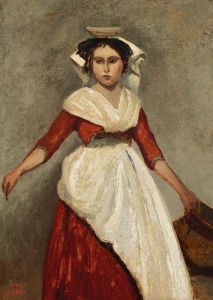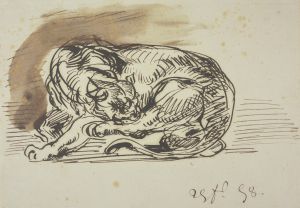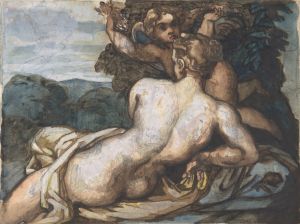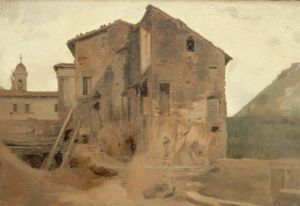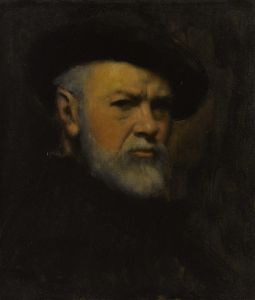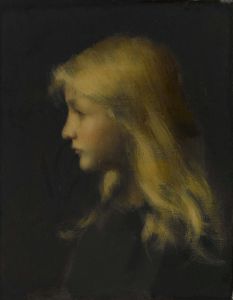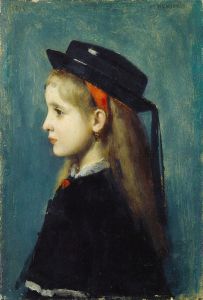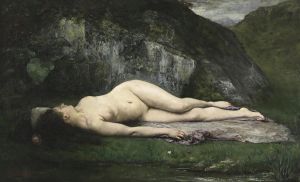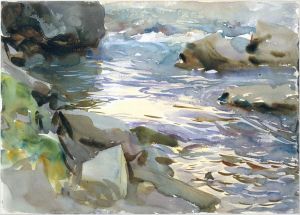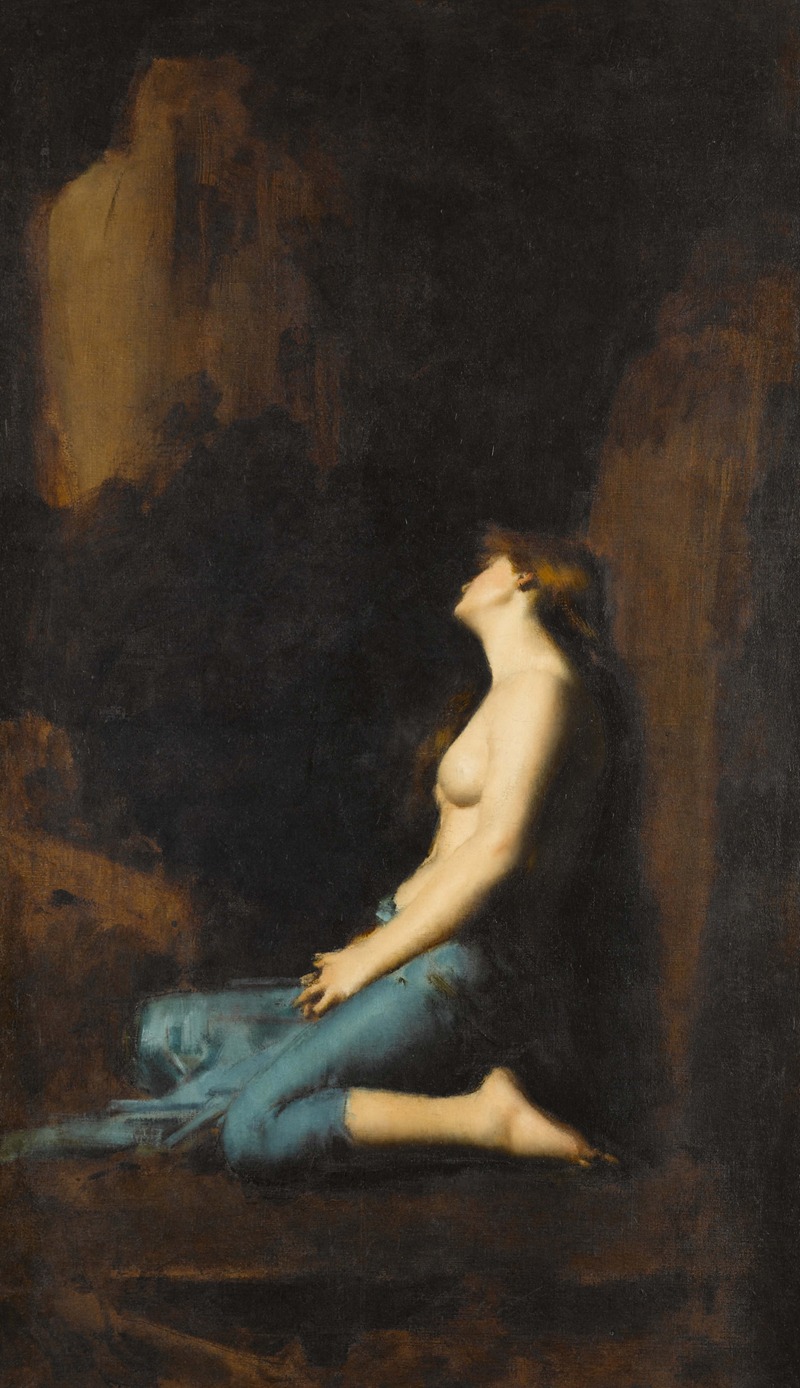
La Magdeleine
A hand-painted replica of Jean-Jacques Henner’s masterpiece La Magdeleine, meticulously crafted by professional artists to capture the true essence of the original. Each piece is created with museum-quality canvas and rare mineral pigments, carefully painted by experienced artists with delicate brushstrokes and rich, layered colors to perfectly recreate the texture of the original artwork. Unlike machine-printed reproductions, this hand-painted version brings the painting to life, infused with the artist’s emotions and skill in every stroke. Whether for personal collection or home decoration, it instantly elevates the artistic atmosphere of any space.
La Magdeleine is a painting by the French artist Jean-Jacques Henner, created in the 19th century. Henner, born in 1829 and passing in 1905, was known for his distinctive style that often featured religious and mythological themes, characterized by a soft, almost ethereal quality to his figures and a masterful use of chiaroscuro.
La Magdeleine, also known as The Magdalene, depicts Mary Magdalene, a significant figure in Christian tradition. She is often portrayed as a repentant sinner who became one of Jesus Christ's most devoted followers. Henner's interpretation of Mary Magdalene is consistent with his other works, emphasizing her piety and penitence through a serene and contemplative portrayal.
In this painting, Mary Magdalene is shown with long, flowing red hair, which is a common attribute in her iconography, symbolizing both her former life of sin and her passionate devotion. She is often depicted in a state of reflection or prayer, and Henner captures this with a sense of tranquility and introspection. The background of the painting is typically dark, which serves to highlight the figure of Magdalene, drawing the viewer's focus to her expression and posture.
Henner's technique in La Magdeleine is notable for its smooth, almost velvety texture, achieved through meticulous layering of paint. This technique, combined with his use of light and shadow, creates a luminous quality that gives the figure a lifelike presence. The soft transitions between light and dark areas enhance the three-dimensionality of the figure, making her appear almost as if she is emerging from the darkness.
The painting reflects Henner's academic training and his admiration for the Old Masters, particularly the works of Titian and Correggio, whose influence can be seen in his use of color and light. Henner studied at the École des Beaux-Arts in Paris and won the prestigious Prix de Rome in 1858, which allowed him to study in Italy. This experience profoundly influenced his artistic development, and elements of the Italian Renaissance can be seen in his work.
La Magdeleine is housed in the Musée d'Orsay in Paris, which holds a significant collection of Henner's works. The museum is renowned for its extensive collection of 19th-century art, and Henner's paintings are an important part of this collection, showcasing his contribution to the period's artistic landscape.
Henner's portrayal of Mary Magdalene in La Magdeleine is a testament to his skill in capturing the human spirit and emotion. The painting remains a poignant example of his ability to blend religious themes with a deeply personal and human touch, making it a significant work in the canon of 19th-century French art.






